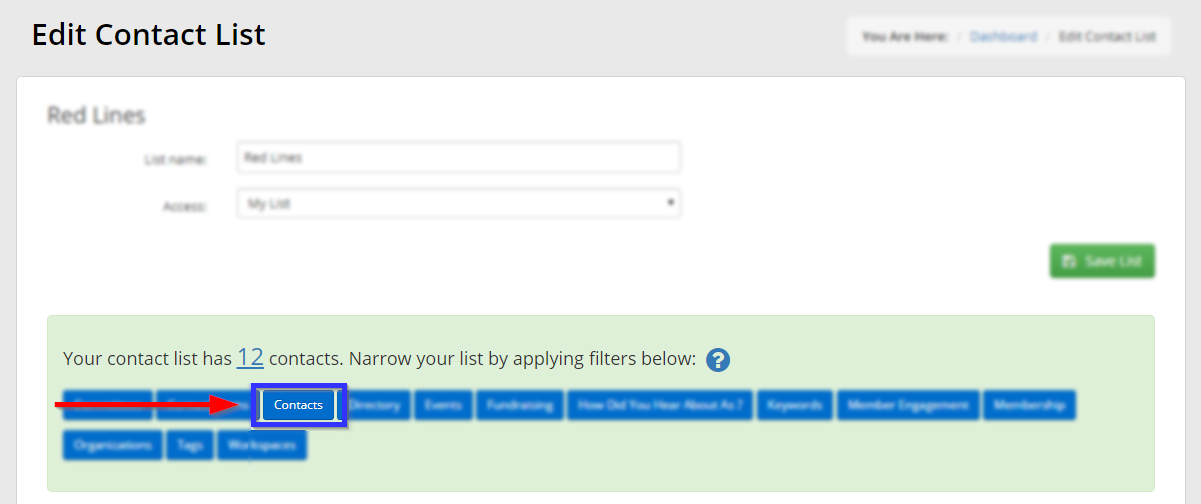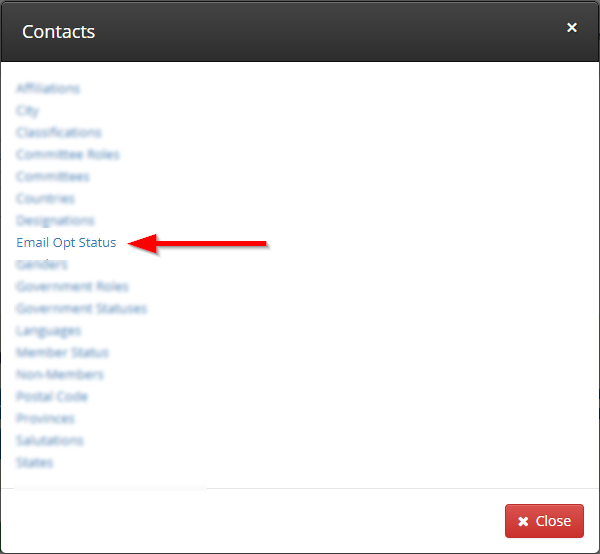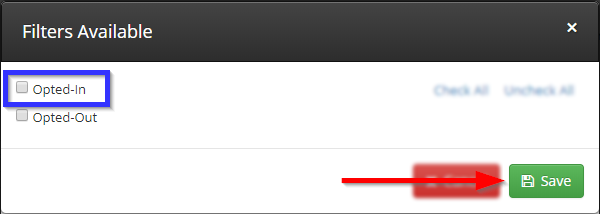If you are seeing red lines through names of members or other contacts, you are most likely attempting to compile or export a list. These red lines appear when are trying to create a list that contains members who have not consented to receive email or other electronic messages from your organization. If you are using this feature to create a list for an email campaign, please exercise extreme caution when exporting a list containing red lines through any contact names: making sure you comply with local anti-spam laws and avoiding communications to which your contacts have not consented will help avoid complaints and legal penalties.
Electronic Communication Consent Law in North America
Canada’s Anti-Spam Law (CASL) and the CAN-SPAM Act in the United States both govern their respective country’s policies on commercial electronic messages and the conditions that must be met for consent to be legally recognized. Violating either law comes with severe penalties, and of course sending messages without consent does not reflect well upon an organization.
Ensuring Compliance While Using the List Builder
Our Knowledge Base article on managing email consent settings will guide you through reviewing or updating the consent status of your members. It may be advisable to avoid exporting any list that still contains entries struck through by red lines in order to prevent compliance issues.
Assuming that you have encountered this feature while creating a list, follow these steps to remove all contacts who have not provided consent:
1. In the list of available filter types, click ‘Contacts‘.

2. Click ‘Email Opt Status‘.

3. Click the checkbox next to ‘Opted-In‘, then click ‘Save‘.

Congratulations, your list now only contains members who have consented to receive your emails!
